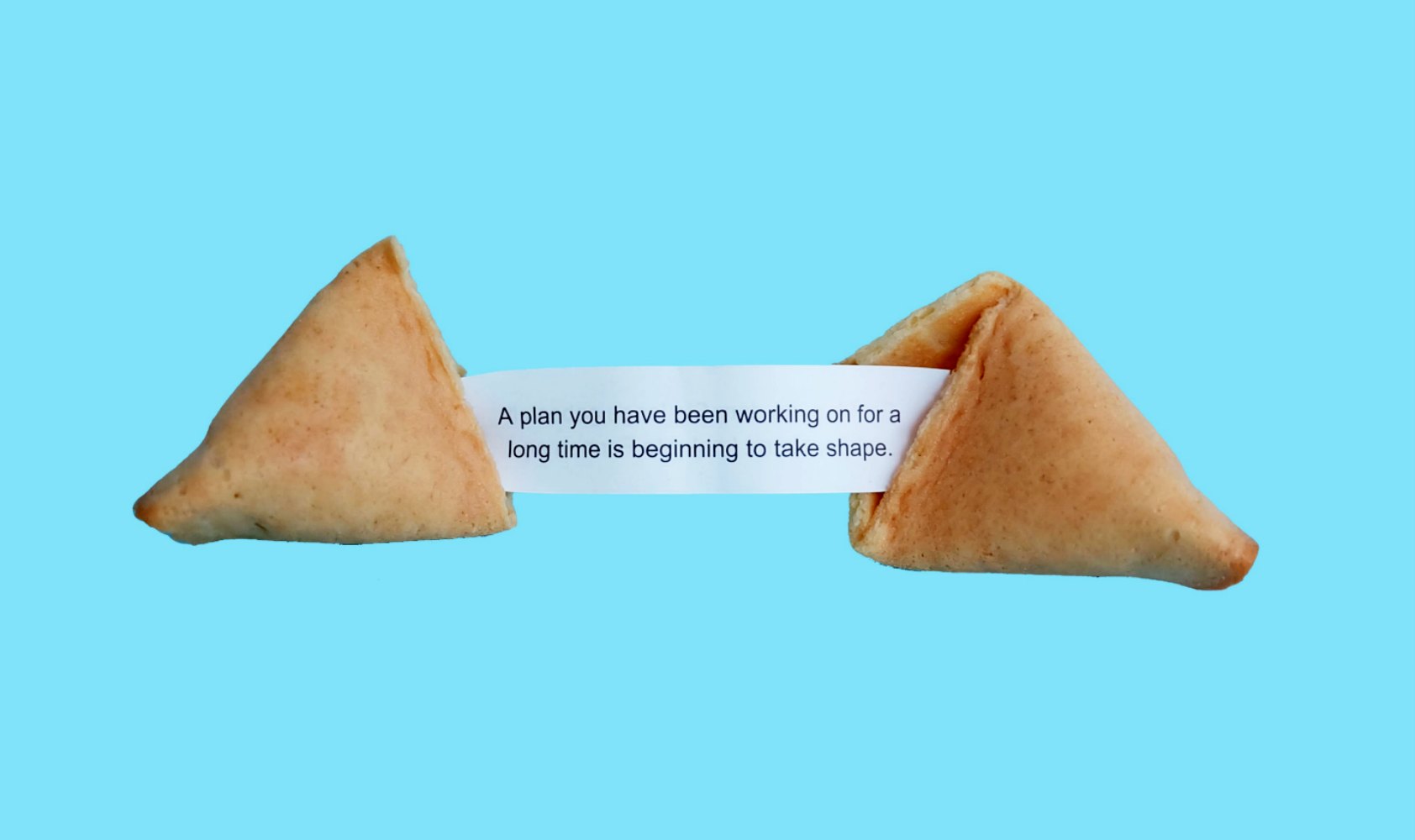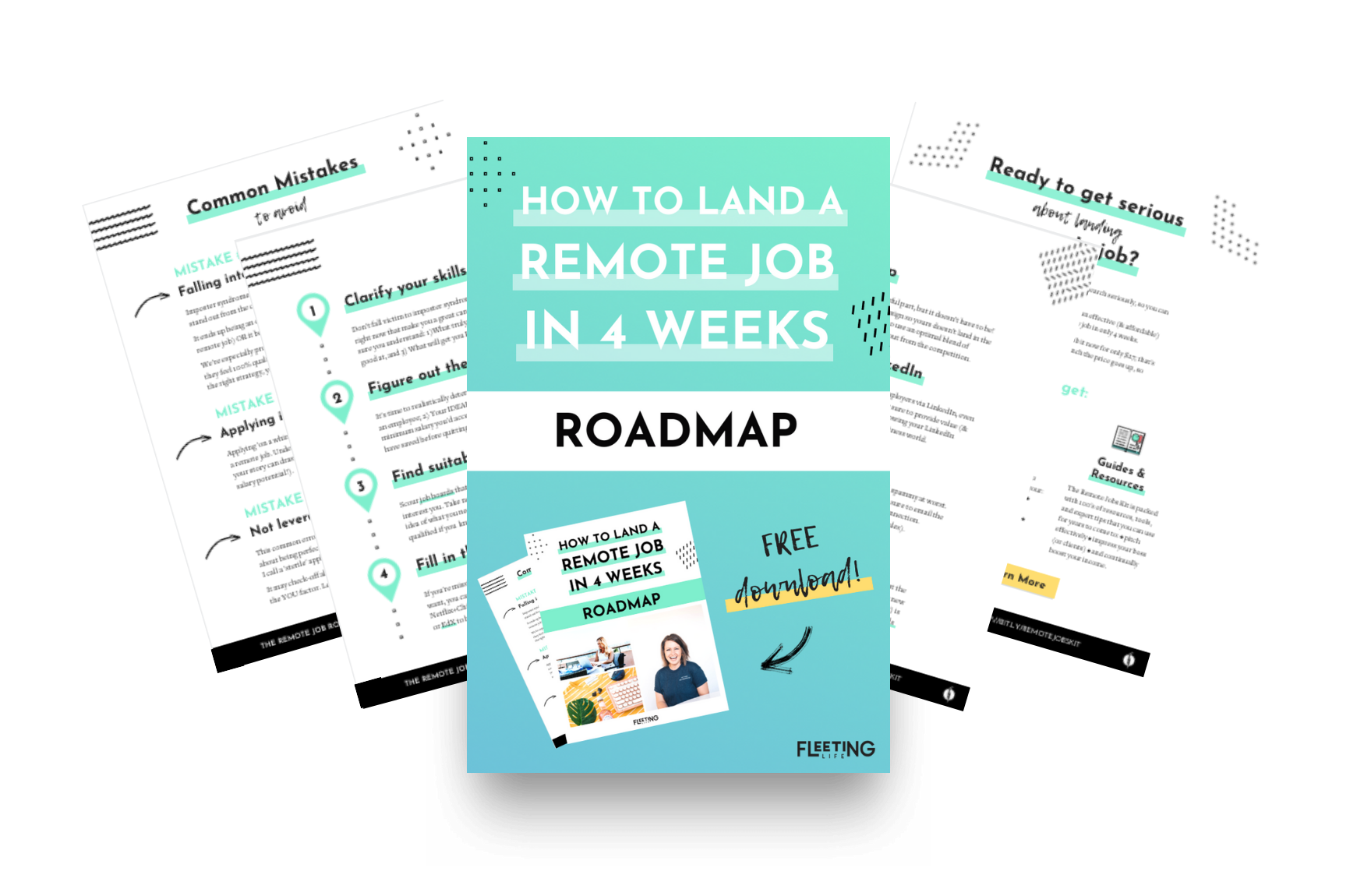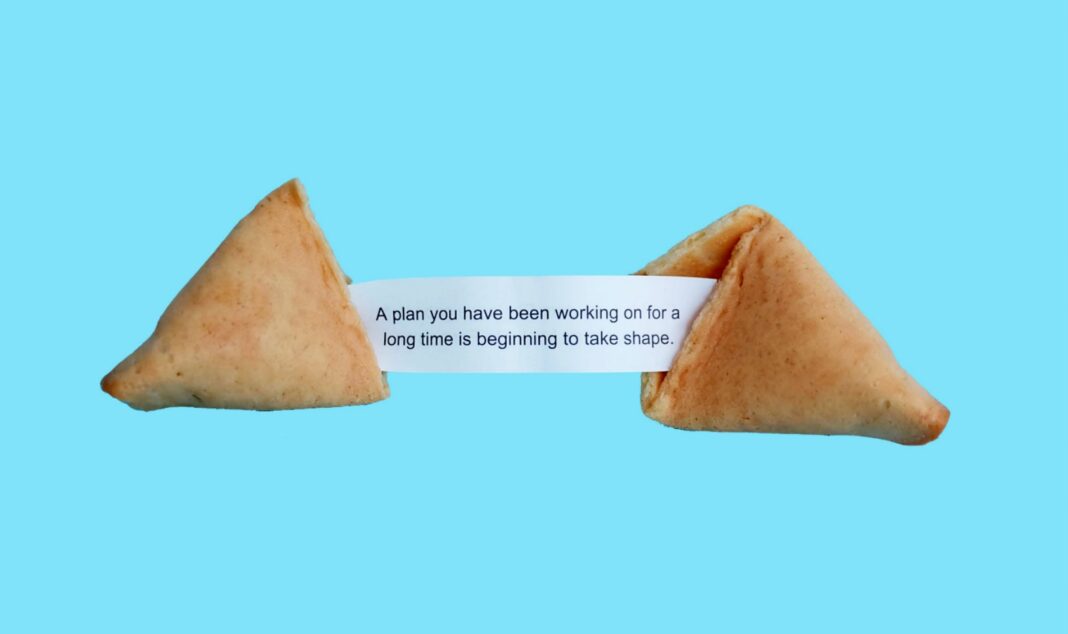This guide is designed to help you snag one of the increasing number of remote jobs as quickly as possible. But your drive and the amount of effort you’re willing to put in will ultimately tip the scales.
Depending on your current skill set, you may want to start working in a freelance capacity first to gain the necessary skills that the best remote jobs are looking for.
If your main goal is simply a decent paycheck with the flexibility to work from home (which is totally reasonable), you could consider some entry level remote jobs.
Something like a virtual assistant or social media assistant may be a good fit to start out while you build skills in other areas that you find more interesting.
Keep this in mind while navigating this guide; I created this based on my own experience of over 5 years of working remotely abroad, but your experience may be different.
This guide is meant to help (not hinder) your job search, so feel free to skip or rearrange any of the steps as you see fit.
Here’s our 8-step blueprint for landing the remote job of your dreams in the next 4 weeks:
 Step 1: Clarify Your Current Skills and Passions.
Step 1: Clarify Your Current Skills and Passions.
We’re all guilty of imposter syndrome at some point or another, but don’t let it get the best of you.
You have plenty of skills right this moment that make you a great candidate for plenty of remote jobs.
If you don’t have much work experience yet, or you want to switch career paths, you may lack some of the necessary skills for the absolute best remote jobs, but that doesn’t mean you can’t find a role that’s perfect for you.
Now, on a sheet of paper (or using the Fillable Brainstorming Worksheet that comes in our Remote Jobs Kit), write the following in three columns:
Column 1: Make a list of all of your current skills (regardless of how mundane you think they are, they are likely quite valuable to many remote companies).
Column 2: Make a list of projects that you either absolutely love doing or ones where you find yourself easily getting into ‘flow state’ when working on them.
Column 3: List out any industries or job titles you might be interested in. If you get stuck here, it’s okay. We’ll come back to it in Step 3.
You may even want to consider taking a detailed assessment of your motivations to get a better idea of the type of work you’ll find truly engaging.
 Step 2: Figure Out The $$$
Step 2: Figure Out The $$$
Of course the best remote jobs come with high paying salaries and tons of perks, including great health insurance, a 401k matching plan, unlimited vacation, and flexible working hours.
There’s no reason you can’t snag one of those remote jobs, but first you need to realistically determine:
1 – How much you’re worth as an employee,
2 – Your ideal salary,
3 – The absolute non-negotiable minimum you’d be willing to accept,
4 – How much you should have saved before quitting your job.
We’ve got some great guidelines and formulas to help you quickly calculate these numbers in our Remote Jobs Kit, as well as some templates to help you negotiate a higher salary.
 Step 3: Scour Job Sites for Remote Jobs Suited to Your Skills
Step 3: Scour Job Sites for Remote Jobs Suited to Your Skills
When surfing job sites, be sure to save any interesting ones in a spreadsheet.
Even if you’re not qualified, take note of any skills you lack so you have a clear idea of what you need to learn in order to land similar remote jobs.
Now, it’s time for some real talk: Women tend to only apply for jobs when they feel they meet 100% of the job qualifications.
Men, on the other hand, have no issue applying when they meet 60% of the job’s qualifications.
If you find that pesky imposter syndrome popping up again, just Whack-a-Mole it and show it who’s boss.
I repeat: you do not need to check off every single box on qualifications before applying.
Of course, being honest about your skill set is essential, but there are ways to frame the gaps in a positive light.
In our Remote Jobs Kit, we’ve included some sample scripts to ease any hesitations a potential employer may have. We’ve also included a nearly exhaustive list of job boards as well as Facebook and Slack communities, plus a spreadsheet template to help you organize your search.
Step 4: Take a Course to Fill in the Gaps
We’ve established that it’s safe to apply when you meet around 60% of a remote job’s listed qualifications, but if you’re missing any of the essential skills for the type of role you want, you can pick up the basics pretty quickly.
It’s never been easier to learn literally anything from your own home, so skip the Netflix+Chill for a few evenings or weekends and take some online courses.
Scan sites like Udemy or EdX for courses that can quickly bring you up-to-speed on top skills in your desired career.
Our Remote Jobs Kit has a curated list of the best courses and suggested ‘tracks’ so you can land one of the best remote jobs across various industries, including marketing, development, design remote jobs and more.
Now, when you’re in the interview, don’t imply you’re an expert just because you’ve taken a quick online course.
Be honest about taking the course specifically because you’re interested in that job!
This shows initiative, dedication and that you’re a fast learner; your interviewer will love it.
This can also help you avoid applying for a job that you’ll end up hating. For example – if you take a SQL course and find you absolutely detest it, you’ll know to steer clear of any jobs that require SQL work for a majority of the tasks.
 Step 5: Ace Your Application
Step 5: Ace Your Application
Creating your resume and job application are typically the most stress-provoking parts of this process, but they don’t need to be!
First, you need an eye-catching design to avoid having your resume fall into a black hole, as most do (only 13% of all job applicants get interviews).
There’s no need to hire a designer for this; there are tons of beautiful templates available on sites like Canva and CreativeMarket.
Now, the worksheet from Step 1 will help you fill out your new resume quickly. Don’t forget to include any new skills or courses you’ve taken!
If you’re stuck, I find the best way to get the juices flowing is by sourcing inspiration from sample resumes or pitch templates from around the web.
Be sure to take your time on this. I recommend spreading this task over two days so you can take a break and come back with a critical eye to spot any errors or flow issues.
Once you’re sure you’ve fully optimized your resume and pitch, apply, apply, apply!
Your chances of landing an average job you apply for are around 2%, and is especially true for remote jobs that everyone is vying for.
This shouldn’t discourage you – it just means you need to be persistent and creative.
In our Remote Jobs Kit we’ve compiled some stunning sample resumes and applications, along with curated design templates and a guide to optimizing your pitch to help you breeze right through this part.
Step 6: Connect with Potential Employers on LinkedIn
If you’ve found any companies that you’d love to work at, consider reaching out to someone relevant via LinkedIn, even if they don’t have a current opening.
You can send them a connection request with a message letting them know what you love about their company. Mention that you’d be interested in working with them either as an employee or on a trial project.
If they accept your connection request, thank them and send them a copy of your resume for future consideration.
Be sure to follow-up periodically to see if there are any openings, and try to provide value to them in some way. You could offer to promote a recent initiative on your social channels or share a recent article you’ve read that might be useful for them.
As long as you provide value (and aren’t annoying), you’re showing that you have the kind of go-getter attitude that remote companies look for.
Remember, employers know you have to be really resourceful and self-motivated to thrive in remote jobs, so they’ll love this approach and you’ll definitely stand out.
Our Remote Jobs Kit includes a guide on how to optimize your LinkedIn profile, along with templates you can use to message your potential employer or a connection asking for an introduction. We’ve also included a step-by-step guide to automate growing your network on LinkedIn.
 Step 7: Cold Email Potential Employers
Step 7: Cold Email Potential Employers
Cold emailing can feel impersonal at best, and spammy at worst.
But it can still be a very effective way of connecting with someone you want to work with, especially if there are no current job openings at their company.
You can do this in combination with, or instead of, the LinkedIn outreach; you decide what feels best to you.
First, make sure you email the right person. If the company is a large corporation you probably don’t want to email the CEO because: 1) their assistant will likely be answering their email and 2) they probably won’t have time to care who you are.
Instead, consider reaching out to whoever is in charge of hiring, or at least someone in their HR department who can point you in the right direction.
If you need help, we’ve compiled effective cold email templates, tips on finding the email address of anyone, and a guide to automating your outreach emails in our Remote Jobs Kit.
Note: Be sure to keep the new GDPR regulations in mind and do not import any contacts into automated marketing sequences.
 Step 8: Think Outside the Box
Step 8: Think Outside the Box
Hopefully you’ll have a job offer or two by this point, but at the very least, you’ve grown your network and picked up some new skills.
If there are still no bites from remote employers, it’s time to get creative!
One of my favorite tactics (and what I did personally), is to pick up a specific high-paying skill to start getting your feet wet and make money quickly.
Becoming a Facebook Ad Consultant is an easy way to get started because:
1 – Pay typically ranges from $50 – $100/hour (or more, depending on experience),
2 – there’s tons of demand (the majority of businesses use Facebook ads),
3 – it’s a useful skill you can pick up relatively quickly.
(If you’re looking for a course, I can personally recommend Claire Pelletreau’s Absolute Facebook Ads Course, having gone through it myself. I owe all of my Facebook Ads knowledge to Claire and don’t know anyone who cares more about her students’ success.)
If you’re nervous about not having a steady income, you can apply for some part time remote jobs so you can sleep easy knowing you have a monthly paycheck coming in.
You should also start building a portfolio via a blog or website to showcase your new skills and projects.
Writing articles about what you’ve learned on your remote work journey can be a great way to hone your writing skills and showcase your personality to potential employers.
Be sure to include a gallery of any new projects, especially if you’re looking at design remote jobs.
Wrapping Up:
You’ve got this. The process really isn’t as daunting as it seems, and with the right strategies in place, you’ll snag your dream remote job in no time.
If you need a little help, want to speed up the process or just want to make sure you get things right the first time, be sure to check out our free “How to land a remote job in 4 weeks” Roadmap.
 (Just click here or the image above to access your FREE guide.)
(Just click here or the image above to access your FREE guide.)
Drawing from over five years of remote work experience with clients and employers from all over the globe, I’ve created this roadmap to help take you from ‘I wish I could work remotely’ to ‘I just snagged the remote job of my dreams!’ in less than a month.








